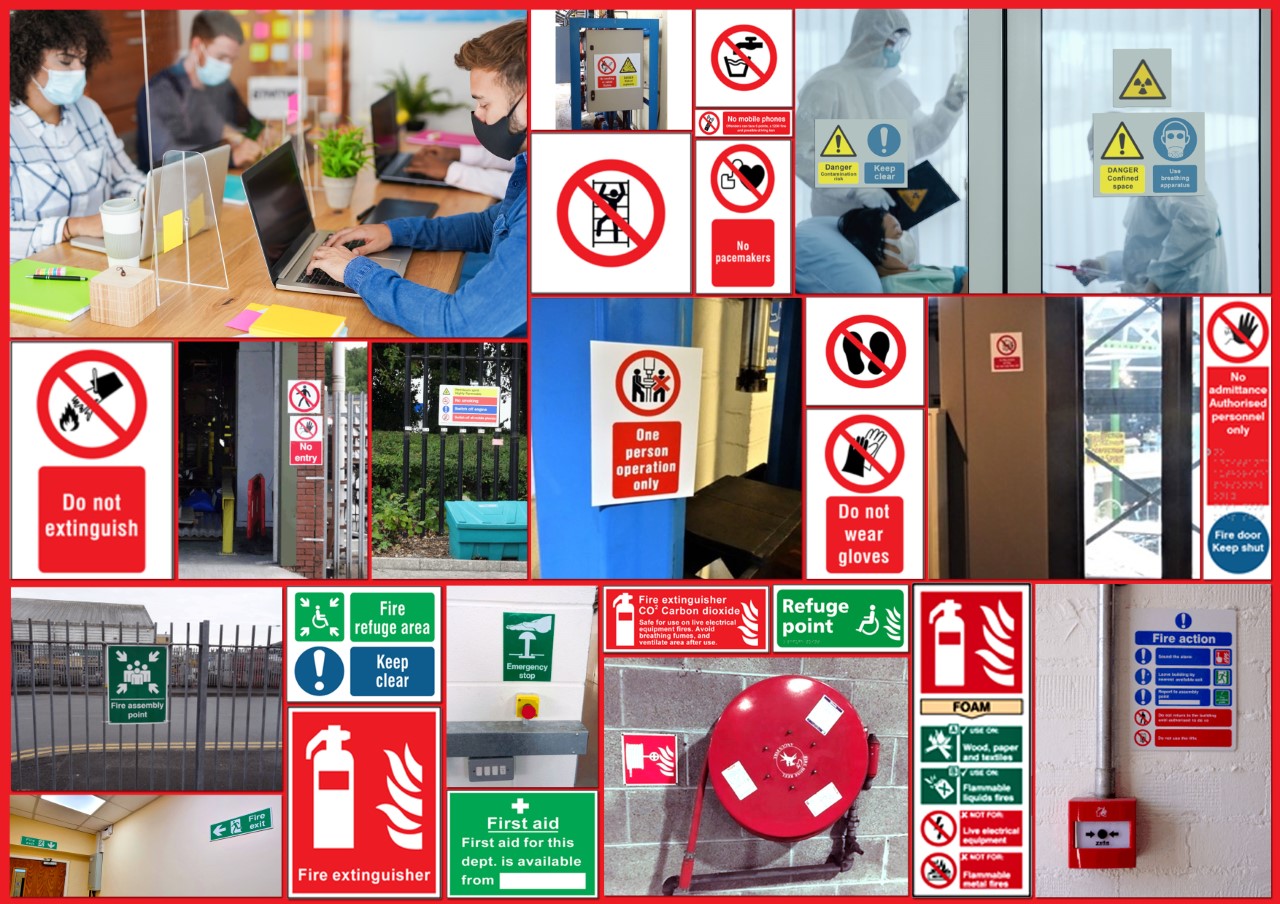
Well, that was a year, wasn’t it?
2021 brought some tough safety challenges, much like 2020. However, the industry adapted. Our experience of the COVID-19 pandemic has meant we have handled the changing waves, variants and policy changes well.
Yet, current issues in occupational health and safety will not exist forever. The future is changing, and we have identified three areas where health and safety could change in 2022.
Better Investment In Product Safety And Labelling
In 2023, UKCA marking is coming into play. Originally, this change was for 2022. The new date means businesses have 2022 to prepare for this new product marking, which guarantees the sale of goods in the UK now that we've left the EU.
While this is not wholly relevant to safety, the news shows one key thing: labels are not static. The rules are changing, and expecting current labelling to stay here forever is short-sighted.
So, Brexit is beginning to have an impact on labelling. However, there are global industry changes too. An example of this is food labelling.
Food safety labelling has been in the news a lot recently, especially concerning allergens. We have covered food allergies and labelling in a separate blog post. However, it is worth repeating: in future, you can expect labelling to present more information, especially for allergens. There are too many cases of people falling ill from sub-par food labelling, and the industry will change, either proactively or through legal force.
Either way, two combining pressures - Brexit and demand for clearer labels - will collide sometime in the future, and 2022 could see big changes.
Moving Beyond Minimum Compliance
Too often, safety officers and managers look at the bare minimum to comply with safety laws and think: “yeah, that’s enough.”
However, in 2022, the safety industry requires better incentives to move beyond minimum compliance. In rare cases, minimum compliance is not enough, and having a “that'll do” attitude costs money and lives.
For example, the UK government are currently making changes to building regulations. Inspired by events like Grenfell – which we’ve covered – there is now real public pressure on improving living and building conditions.
More can be read regarding the UK’s new building regulations here.
This will drip-feed into other industries; instead of looking at a set of rules as the ideal, safety experts will face more pressure to see them as the bare minimum.
Organic, Proactive COVID-19 Policies
COVID variants, policy changes, seasonal shifts. Initial COVID-19 safety policies assumed things would stay the same until, well, the virus went away.
However, the virus is not going to go away quietly.
New variants bring fresh challenges, and businesses must react to public policy changes and seasonal shifts. As such, a proactive COVID-19 safety policy is more important than ever.
For that reason, we must ensure our work policies are adaptive and fast. In future, transitioning back to full-time home-working, social distancing and lockdown-level safety should be easy.
There are a few steps companies should take:
- Ensure you're always well-stocked with social distancing signs, labels and equipment.
- Write company safety policies in an adaptive, easy-to-deploy way.
- Ensure hybrid and at-home working is quick to deploy and support.
The future of safety is not only about integrating new technology. It may not even concern current issues in occupational health and safety.
Now, it may just be about supporting workers, writing adaptive safety policies and becoming better aligned with global-level public health.
Update Your Safety Procedures For 2022
In 2022, ensure your safety procedures are up to date. Check out our range of safety signs, which are always in line with the latest safety advice and regulations.
For all else, visit our Twitter. Oh, and Happy New Year from us all at Label Source.